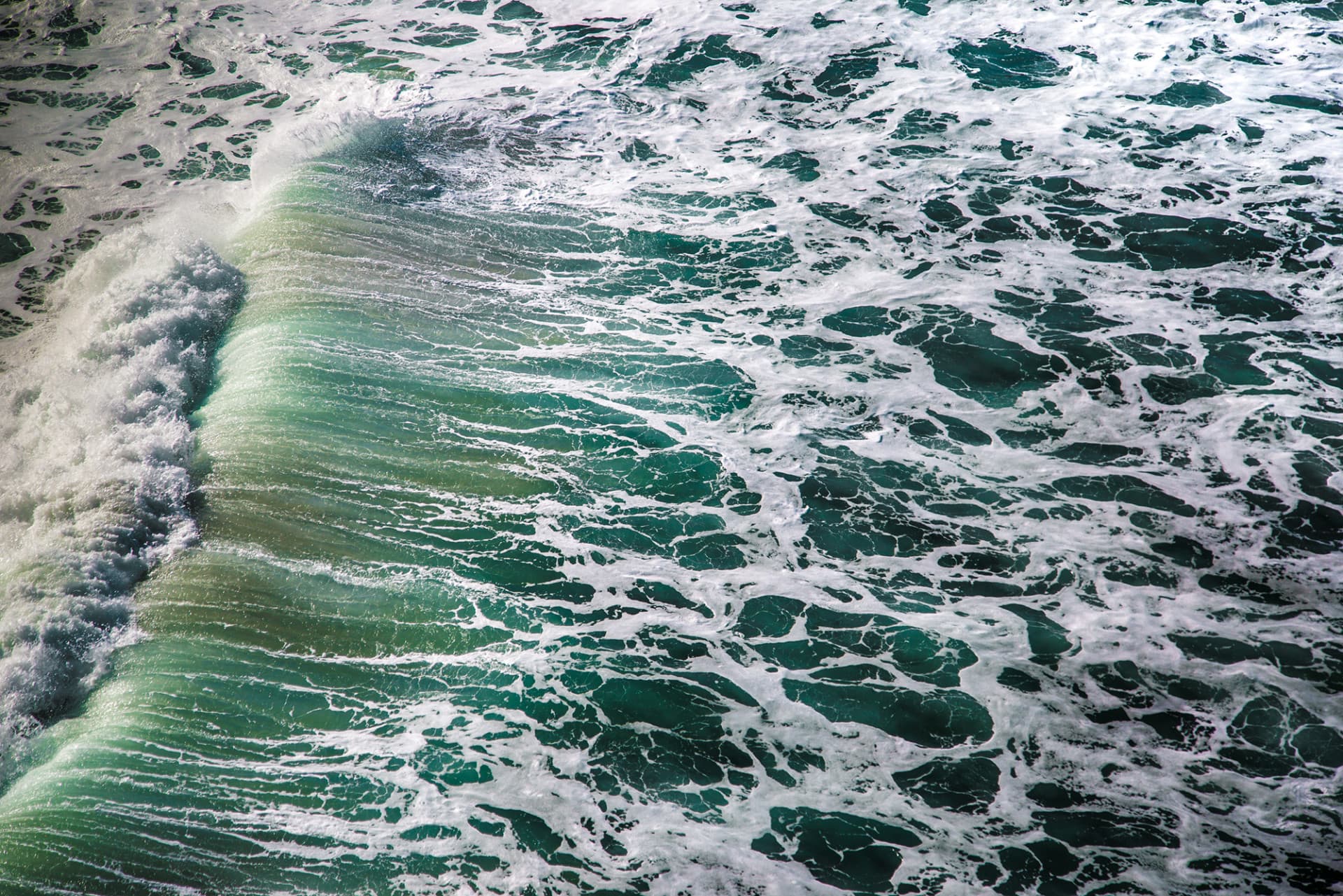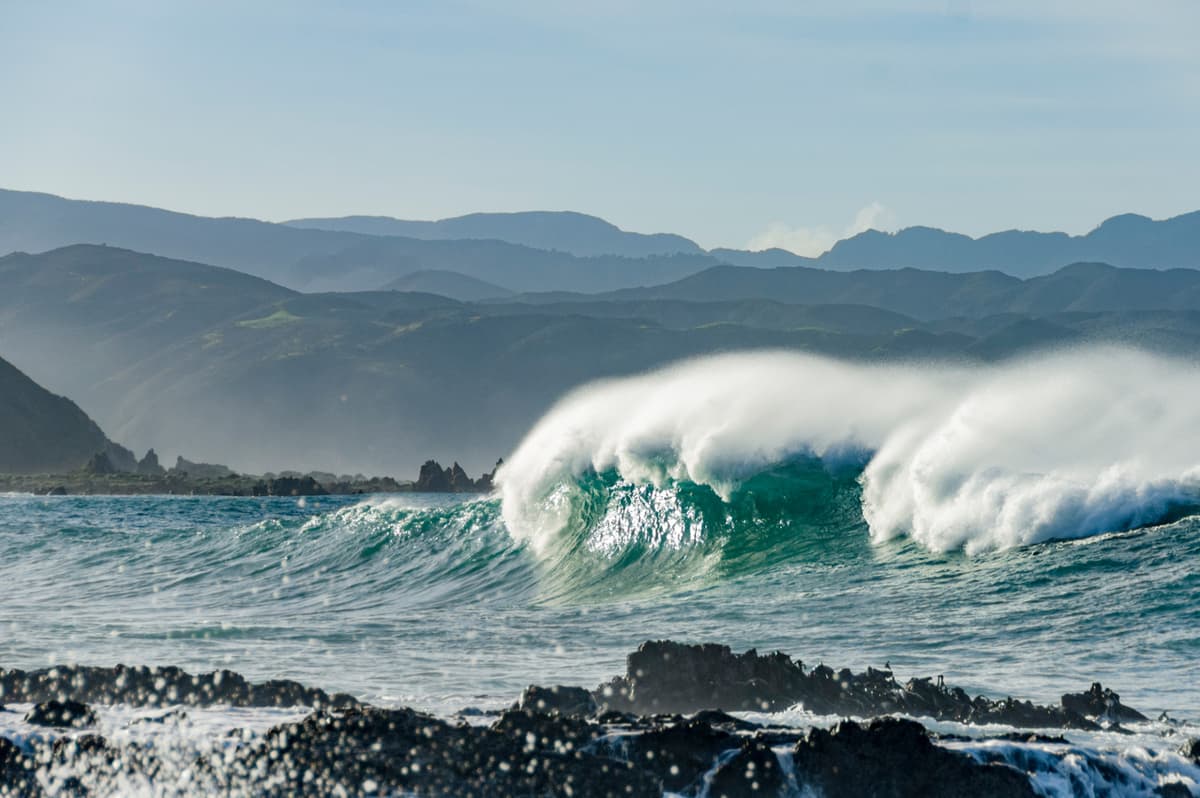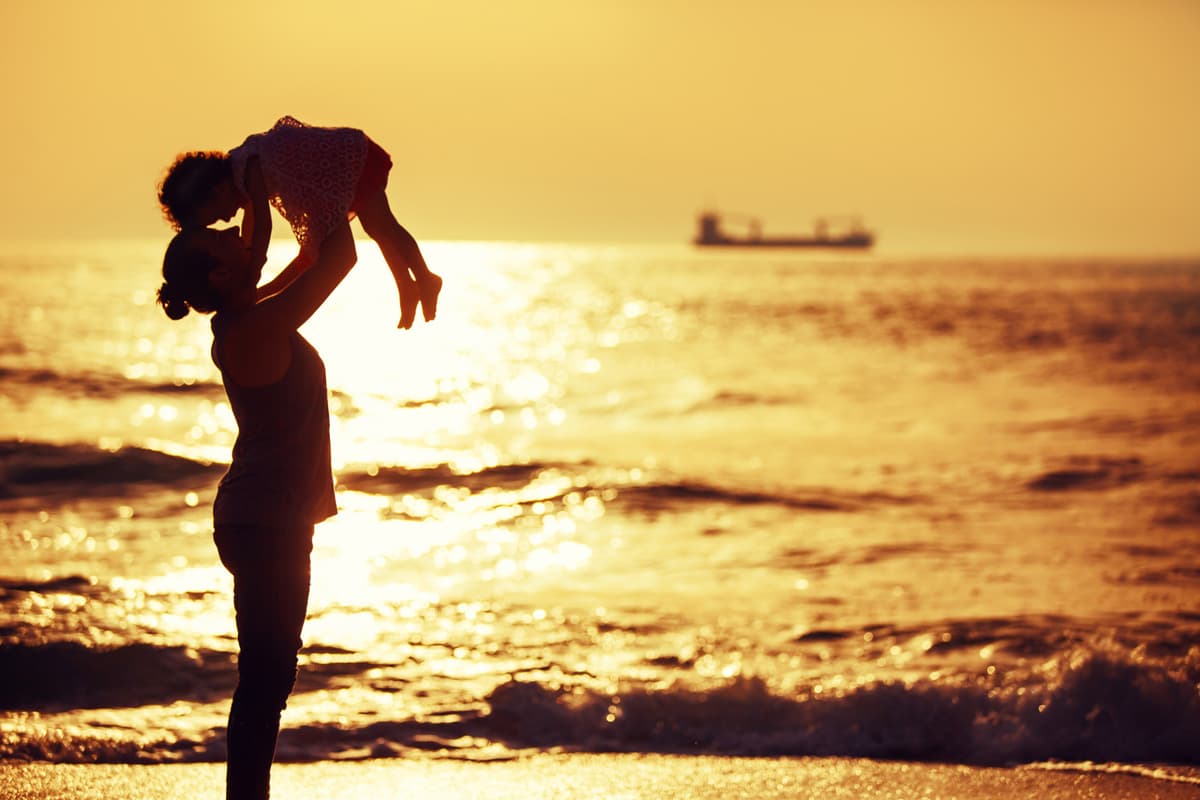

Posted on Wednesday 30 August 2017
A new Innovation Fund project will produce guidelines to monitor and manage cumulative effects (CE) across New Zealand.
“This will be a major step forward,” said Dr Kate Davies, the Project Leader and a social scientist at NIWA.
“At the moment, the way we manage cumulative effects in Aotearoa’s marine environments is extremely fragmented and inconsistent. This interagency partnership has a ki uta ki tai (mountains to the sea) strategy, which is the only feasible way to properly tackle cumulative effects.
“So much of our economy and culture depends on our seas – getting this right is crucial for New Zealand’s future,” said Kate. “There is real momentum building, with agencies, communities and cultures coming together to tackle the problem.”
Better CE management is essential to:
New Zealand’s coastal and marine management is covered by 25 statutes governing 14 agencies and operating across 7 geographic jurisdictions. Each deals with CE differently – but human and natural stressors cross these political, jurisdictional, cultural and geographic boundaries so a consistent approach is needed.
The research team represents a diverse range of interests involved in managing CE, including central and regional government, Treaty partners, industry, and research.
The team held a workshop at the start of the month where they:
This research builds on the work of another Sustainable Seas project, Navigating marine social-ecological systems.
Project partners: Aquaculture NZ, Bay of Plenty Regional Council, Department of Conservation, Environmental Protection Authority, HH & R Mikaere Ltd, Marlborough District Council, Ministry for the Environment, Ministry for Primary Industries, Ministry of Foreign Affairs and Trade, NIWA, Te Ohu Kaimoana, Tūtaiao, University of Auckland, and Victoria University.

